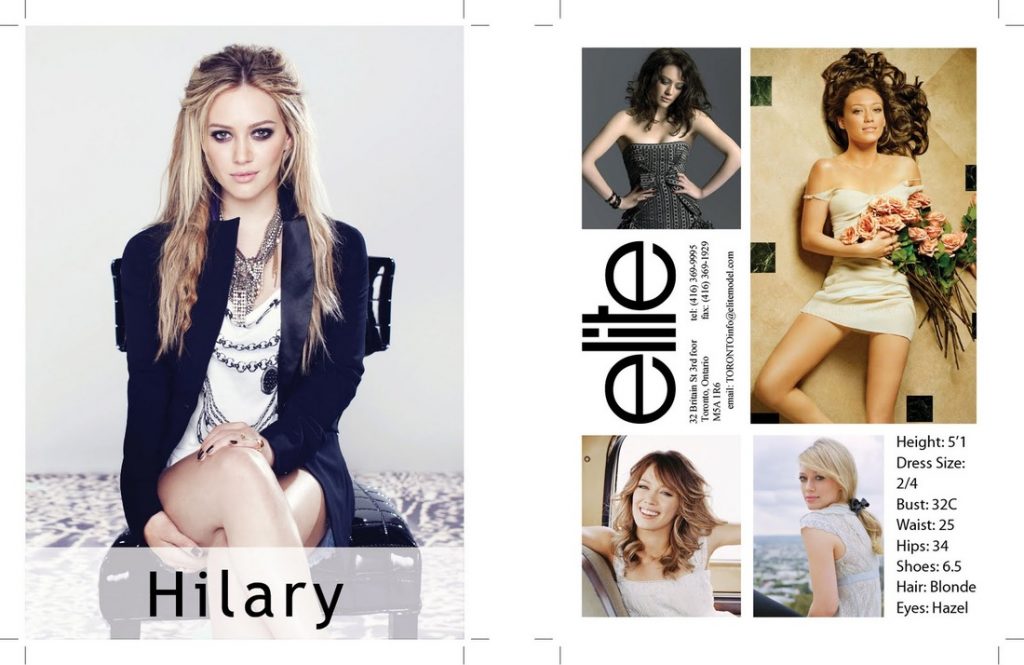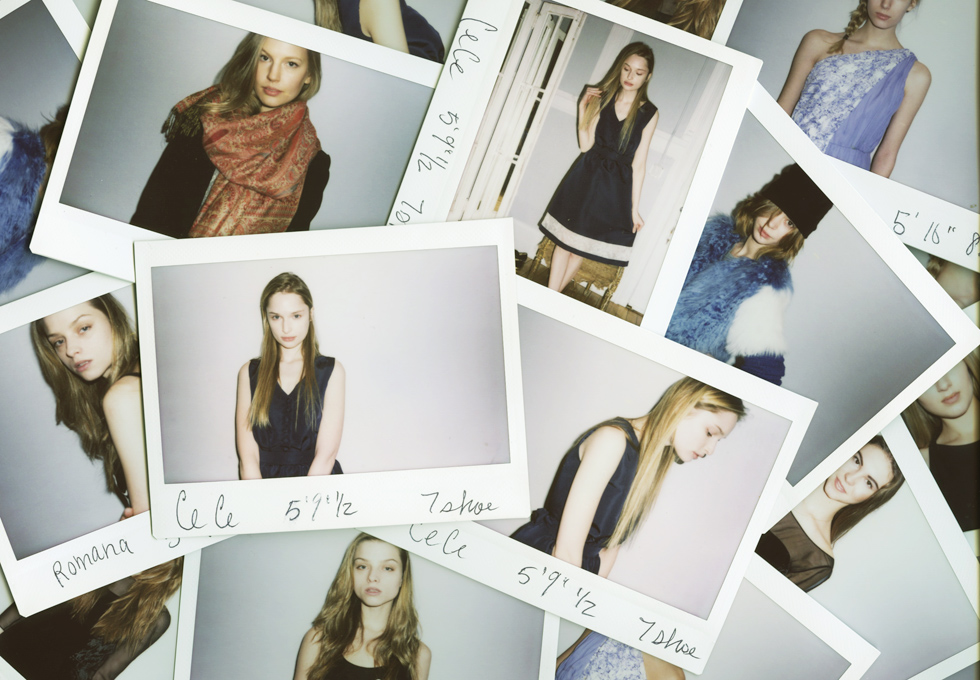 dailybillboardblog.com
dailybillboardblog.comHave you ever dreamed of gracing massive billboards, huge posters outside malls or stores, or ad spreads in magazines or newspapers? Well, if you can assemble a portfolio of high-quality photographs, you could very well make fabulous (and lucrative) appearances in newspapers, magazines, catalogs, and more.
The commercial print industry is constantly looking for talent, and unlike runway modeling, print ad model does not adhere to a strict set of physical requirements. Agencies and clients are simply looking for the right look to advertise a product or service. Depending on your appearance, special skills, commitment, and perseverance, you could be the talent they’re looking for.
Here’s how you get started.
How Does One Become a Print Ad Model?
Print models are used for many different types of publications. These include print advertisements, billboards, posters, calendars, campaigns, booklets, flyers, or banners. Print ad model must have an attractive face, good skin, a nice body, and a pretty smile. They can find modeling work in one of two ways: a modeling agency or in freelance modeling.
Prepare a portfolio and composite card.
This is usually easier said than done. But just like applying for any job, one has to have their recent picture taken, their acting résumé updated and printed, and their cover letter ready. For aspiring models, prepare the following:

- Know the requirements. You need to know what the agencies are looking for. As an aspiring print ad model, do as much research as you can, know which magazine and newspaper advertisements capture your attention, and ask yourself where you might fit in. You have to know the market. Are you in the right market, submitting yourself to the right stuff? How is a company going to envision you in their ads? Print modeling won’t be as strict in terms of height and body type requirements compared to fashion or runway modeling, for example. This, however, only means that more emphasis may be given to your looks. The qualifications will depend on the products or services to be advertised, and it can be hard to plan for that. Try to target specific niches to help streamline the process.
- Have as many pictures taken. “You don’t need to be shooting professional photos,” says Chris Gay, general manager of The Society Management, who suggests models send prospective agencies honest, amateur shots. Unlike actor headshots, you can send photos taken by amateur photographers or even by your friends or family, as long as they are well-focused, have good lighting, and are high in resolution. It is even best if you send in images of you wearing minimal or no makeup at all as these will show agencies your natural looks and will give them an idea on what might or might not work with you. “Take the most effortless beauty pictures, not a lot of makeup or hair, just be yourself,” advises Ivan Bart, president of IMG Models.
- Prepare a composite card. A composite card is a sheet of paper that contains an 8 × 10 headshot on one side and several photos with vital statistics on the back. It is often given to casting directors, photographers, and art directors, who are looking for talents.
- Create an initial portfolio. When a client shows interest in a model, the next thing they want to see is more photos. This is where your portfolio comes in. Like all creatives, models need one (it’s commonly referred to as a book in the fashion industry). Have many photographs taken, and compile the best ones to create an attractive portfolio that you can carry to go-sees, cattle calls, and agency interviews. This portfolio should represent the range of your expressiveness and emphasize your personal style and physical attributes. You’ll want to build your modeling portfolio both digitally and physically. Your digital portfolio, such as a DVD or flash drive, can also be posted on your modeling website, if you have one, and might be useful especially if you’re interested in modeling for television or the catwalk as well. You can include video footage of your walk or your previous video modeling experience.
Tip: Before you’re ready to start sharing your portfolio, you’ll want to make sure it’s polished and error-free! Check this article out.
 nnstreetstudio.com
nnstreetstudio.comPrint Ad Model? Look for agencies or casting calls.
If you live in a big city, such as New York or Los Angeles, then having an agent is ideal. However, if you live in a small or mid-size city with a population of less than one million, then you may want to consider working as a freelance model. While agencies in large cities will often cover the cost of things like headshots, agencies in smaller cities will not and they may also charge more for their services in order to stay in business.
You can find a modeling job through social media. Follow local designers and photographers on Instagram, Twitter, and even Pinterest. Creatives will often announce casting calls (sometimes affectionately referred to as cattle calls) or a one-off modeling job on social media feeds. There are also Facebook groups dedicated to casting for jobs. Most major cities have groups specifically for local modeling jobs.
Also check out credible model listing sites like Explore Talent. These sites are a clearinghouse for models seeking work and clients looking for models. Most of them require membership fees, but a few reputable free sites do exist. However, do be wary of false casting calls. There are reports of predators posing as photographers or agents.
Attend industry events.
Networking is a great way to meet models and people in the modeling industry who can help you to find a modeling job. Networking involves meeting people, getting to know them in a casual, conversational way, and then asking them for suggestions and advice about how to find jobs. Make sure that you add these events to your calendar and start making yourself a regular presence in the modeling world. Keep in mind that someone who is not influential today may be influential tomorrow, so be nice to everyone.
It might feel like a great opportunity to toot your own horn and talk about your ambitions, but this is not the right time for this. Focus your attention instead on meeting and talking to photographers, designers, and casting agents. Ask questions about their work or specific campaigns, be genuinely interested in the answers you receive, and always remain polite and professional.
Cold call.
If you’ve done step 1 of this guide thoroughly, you may also submit to them in person or via email or post. This method may not work for everyone, but it is a great way to get your face out there. If a scout hasn’t stumbled upon you, you go to them. It may feel undignifying, but try bringing your composite card to any business that works in design, advertising, or photography. Sending your composite card to the front office of these businesses may provide the added edge you need to be cast in a local modeling job.
Be sure to follow up via email, thanking them for taking the time to look over your card. Don’t forget to include the link to your online portfolio, your contact information, and a photo of your smiling face in the signature of your email.
Build a following.
As models compete with movie actresses and TV stars for high-paying beauty contracts and endorsement deals, the appetite for models who can build a following of their own has never been greater. Modeling agencies are now casting their eyes wider, scouring even music festivals such as Coachella, and scrolling Instagram feeds through campaigns like IMG’s @WeLoveYourGenes, inviting aspiring models to hashtag their photos with #WLYG to be considered. Be active on social media accounts. Post pictures of your work regularly and be open to collaboration opportunities!
Good luck!